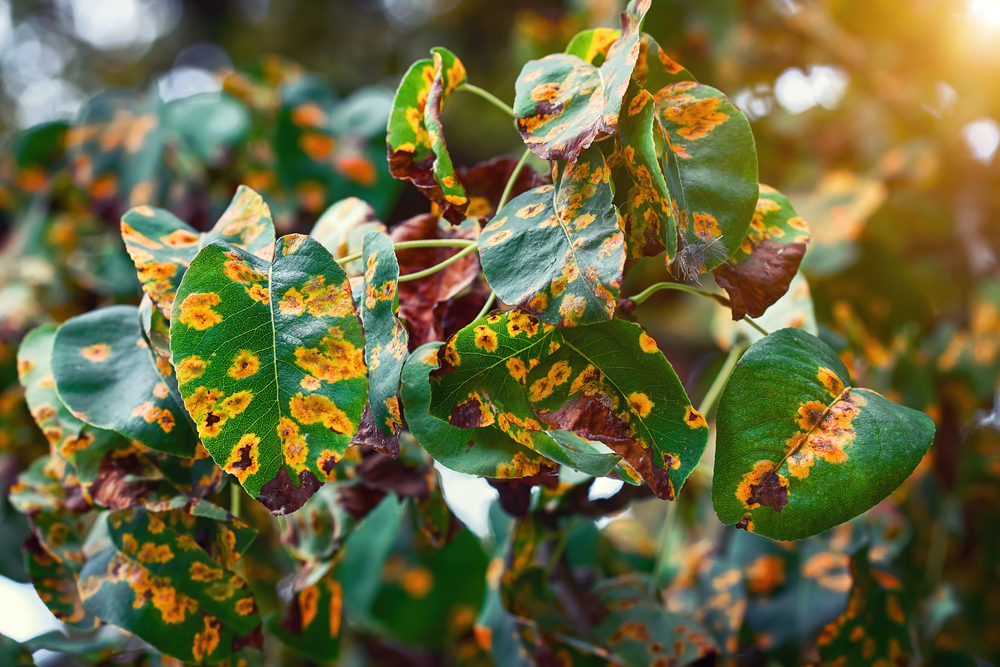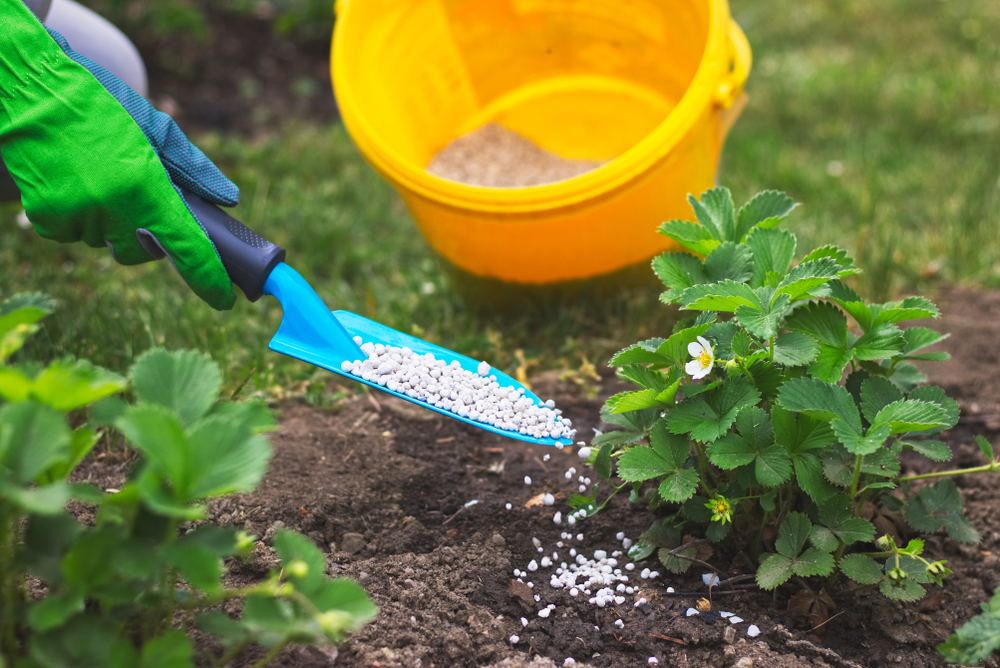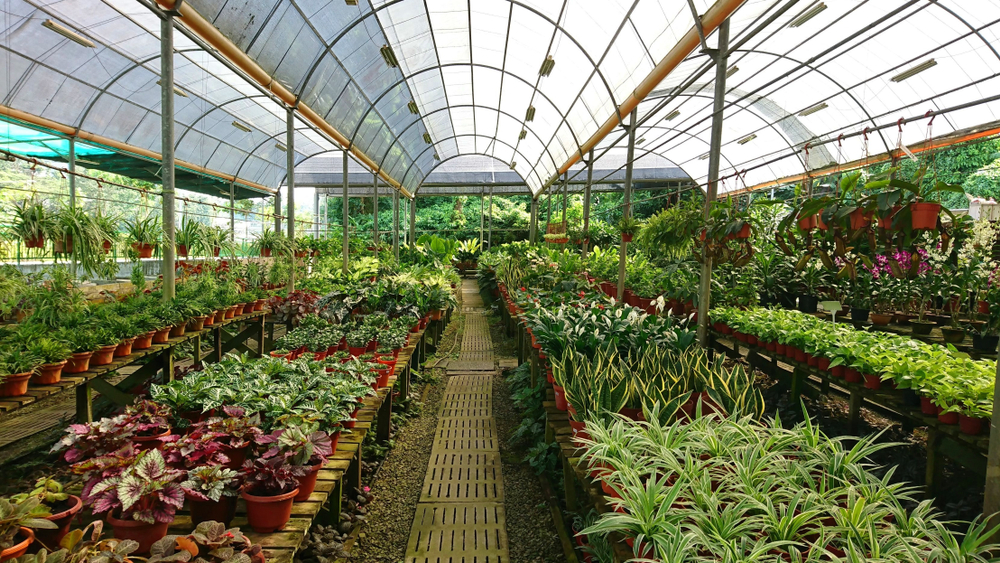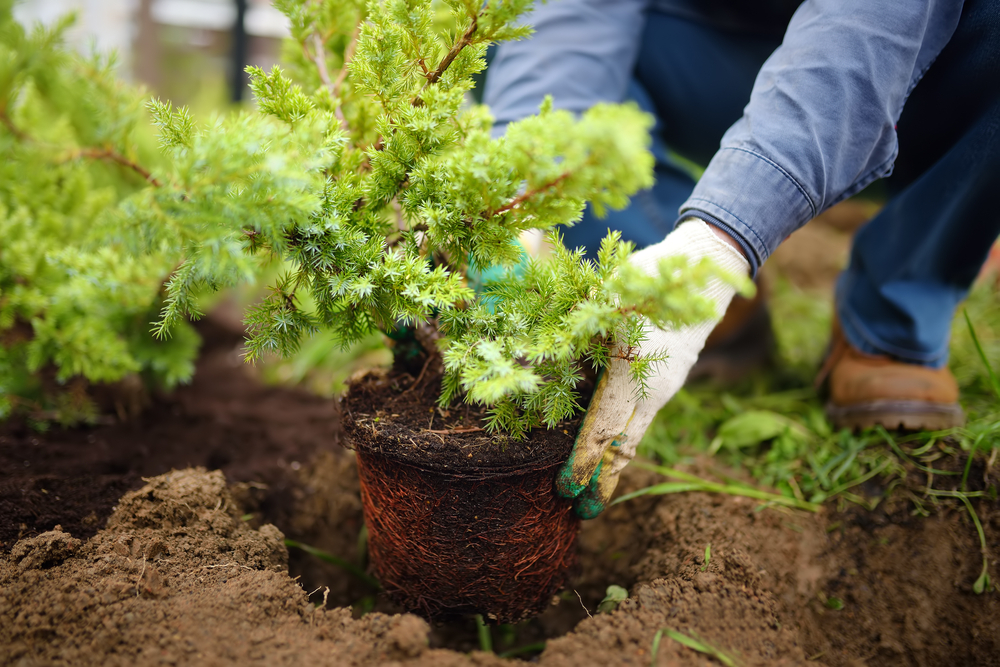
one
two
three


Late May is a good time to evaluate your landscape. By this time of year, most plants have begun to sprout and leaf out. Take a walk around your property and look at what is working and what doesn’t look so good. It’s usually not hard to spot a struggling plant in a healthy garden. Here are some things to consider when deciding how to deal with these unhealthy plants in your landscape.

Do your plants look healthy or is something not quite right? For plants that have died, this is easy. Remove these dead plants as soon as possible. The garden always looks better with an empty space rather than a dead eyesore. This is also an opportunity to fill the space with something new that can paint new life into a landscape.
However, sometimes, it can be quite difficult to tell if a plant is doing its best or has some problems. In our experience sometimes a plant doesn’t fit the space it is in. Maybe it is too big, making the space look cramped, or maybe it is too small, making the landscape look sparse. Or maybe it needs a good pruning, or sheering to look its best. Other times, the plant just hasn’t bounced back from our tough winter yet. If that is the case, you have another decision to make.

Do you nurture the plant that is struggling or remove it? Before making that decision, think about the plant’s age and size. If you replace the plant with a new one, how long before the new plant is as big as the old one? If you are looking at an oak tree that is struggling, it takes decades for a replacement tree to reach full size. In that case, you would be wise to work with a professional arborist to see if you can help the tree recover. We have some great resources for this if you need a referral.
On the other hand, if you are looking at a perennial that is a year old, it might be time to cut your losses and replace it. Right now, it is better to ere on the side of the plant in most cases. If the plant is not going to make it, you can replace it in the spring or the fall when replacements have the best chance to do well. Avoid replacing plants in the heat of the summer when they will undergo more stress. The only reason to do this would be for a special occasion or gathering and then make sure that they are irrigated properly.

When you do need to replace a plant, you should consider the space you have and the mature size you want the plant to grow to be. You may also consider why the old plant didn’t make it. Was it too sunny? Was it a disease or a critters eating it? Try to find a plant that fits with the space and either blends in or stands out. If you cannot replace it with the same species in an established hedge row, then make it seem intentional and stand out as a feature of the planting design. Choosing native plants also has the advantage of reducing the need for irrigation and pest control. Native plants also support more wildlife, including pollinators, than non-native plants. You can find native plants in all sizes and colors, so you have a lot to choose from. If you have the opportunity to use native plants, the chances of success could be much greater.

Royal Creations Architectural Landscaping can help you decide if a plant needs to be replaced or if it can be nurtured back to health. We can also advise you on recommendations for a replacement plant if you need one. Sometimes it is best to start over with an entire section of your landscape to make it look cohesive. This is when we can add the most value by helping you do it right, this time. Schedule a consultation soon before our schedule fills up.